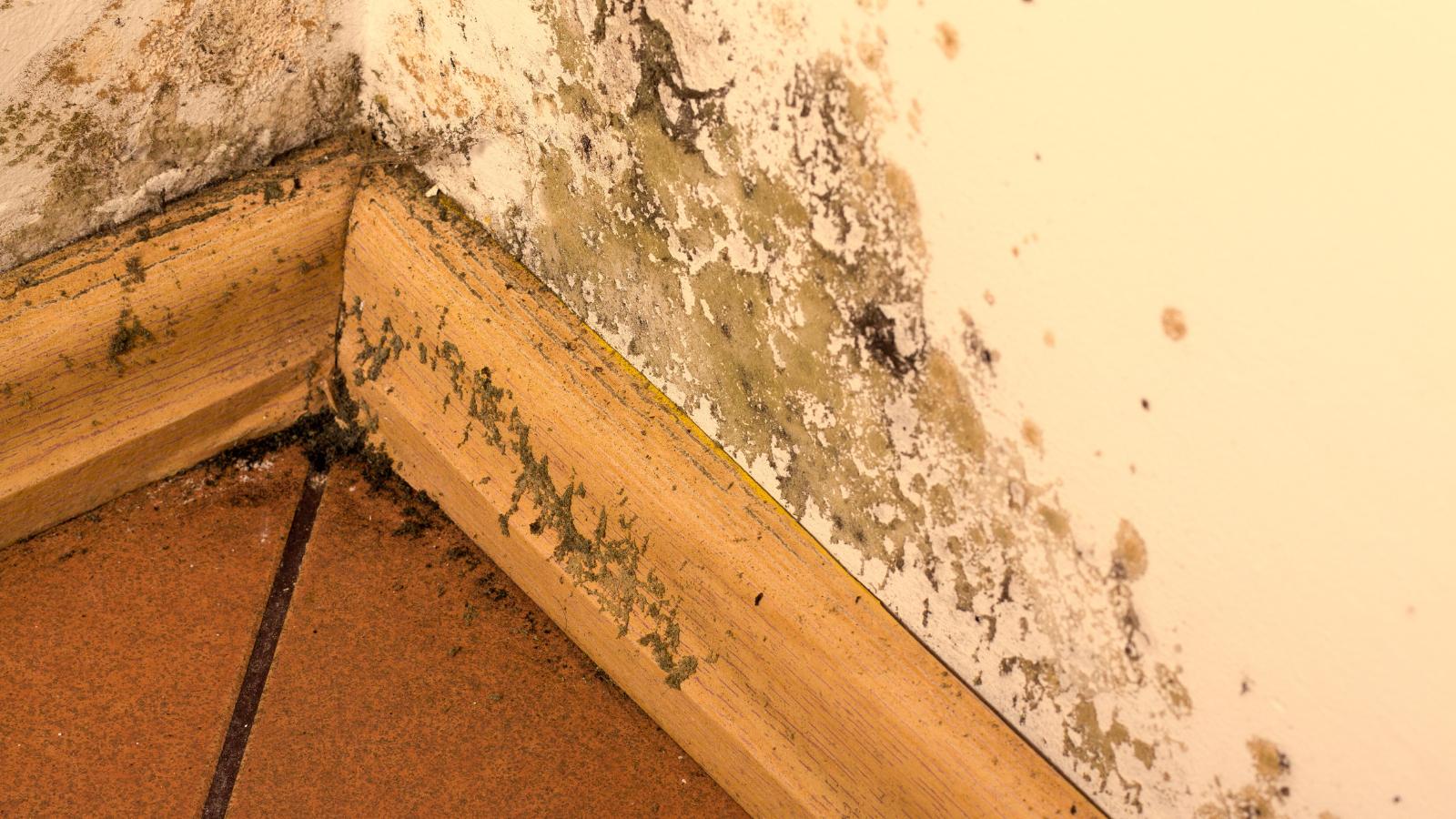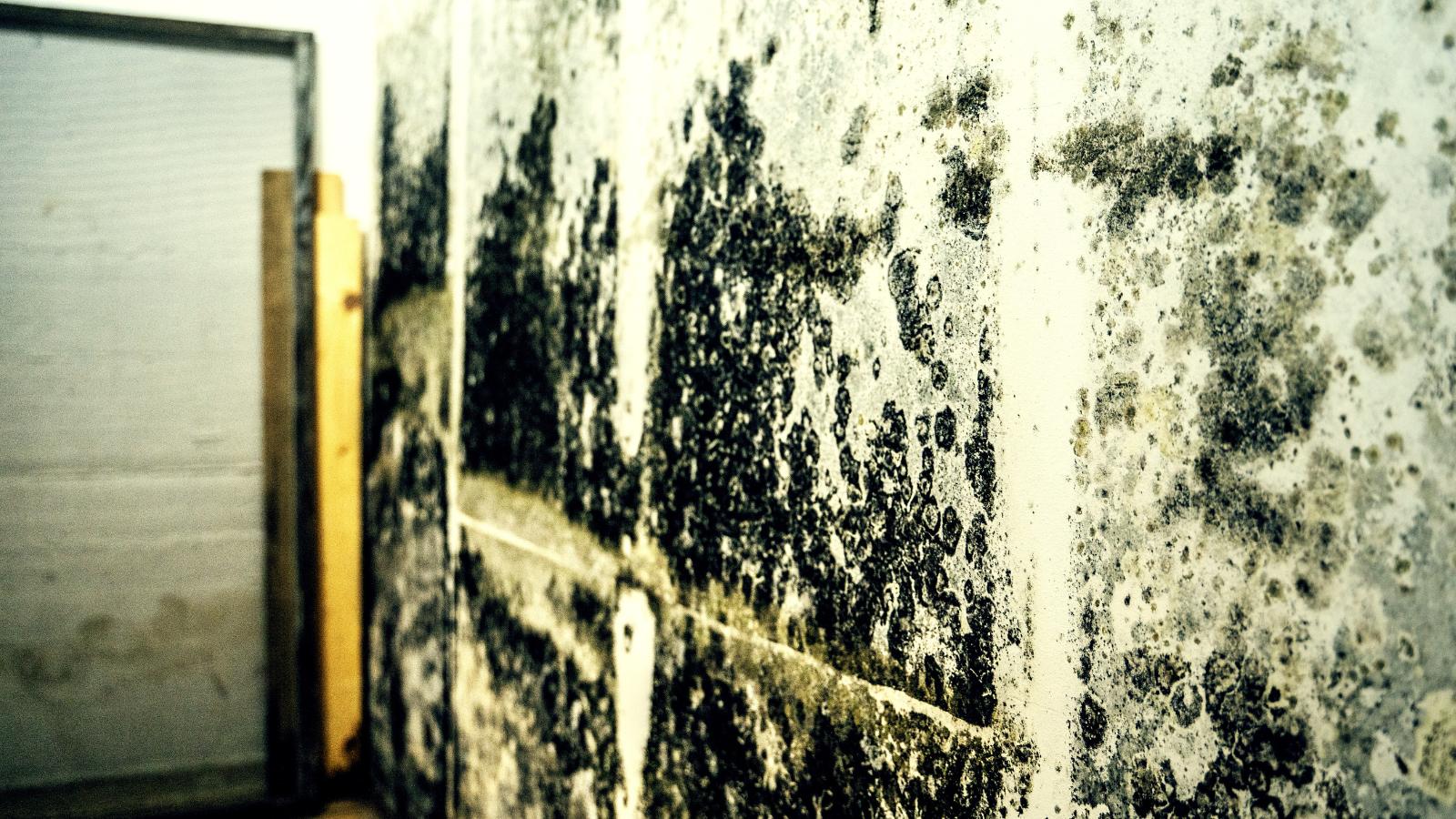Mold vs. Mildew: Everything You Need to Know and How to Handle Them
At CRC, we understand the importance of knowledge when it comes to mold and mildew. While these topics might be unpleasant, they are common issues...

Mold can pose a significant problem in both homes and workplaces, as it can have negative effects on both the building structure and our health. At CRC, we are dedicated to addressing this issue head-on with a team of knowledgeable professionals.
In case you missed our recent webinar on this topic, don't worry - we have recorded the entire session for you to watch. However, if you're short on time, we have provided a brief summary below, which covers the essential information about understanding mold, its impact on us, and how to eliminate it.
Mold is a natural product, always present around us, and requires moisture, a food source, and the right temperatures (68 to 74 degrees) to thrive. You can find mold everywhere, especially in building envelopes made of cellulosic materials. However, mold within a building environment is never a desirable thing.
Exposure to mold happens through normal breathing and physical contact. The impact of mold exposure varies from person to person, depending on their health history. Certain times of the year when outdoor molds (the Cladosporium type, for instance) are higher may cause more noticeable effects.
If you're inside a building with many plants, you'll likely experience higher exposure levels. This situation can contribute to "Sick Building Syndrome," where multiple occupants experience symptoms like headaches due to mold in HVAC systems, walls, and interior spaces.
To minimize exposure, ensure cleanliness, regular hand washing, and prompt response to water damage. Change filters frequently, and if there's a significant issue, engage a qualified restoration contractor like CRC.
Common mold remediation techniques include using personal protective equipment (PPE), negative air machines, and containment measures like plastic walls. However, the most effective approach is to remove the mold source. Despite various products claiming to kill mold, it's not advisable to merely leave mold in place and spray something on it. If mold appears on a product, it's often deeply ingrained, necessitating professional intervention.
Don't let mold compromise the health and safety of your living or working environment. If you need assistance with mold remediation, reach out to CRC today.

At CRC, we understand the importance of knowledge when it comes to mold and mildew. While these topics might be unpleasant, they are common issues...
.jpg)
Mold issues in commercial buildings can have far-reaching consequences, impacting both the well-being of individuals and the integrity of the...

Mold is not only smelly and disgusting, it can also be dangerous. And when spores get into the air in your building, they can be nearly impossible to...